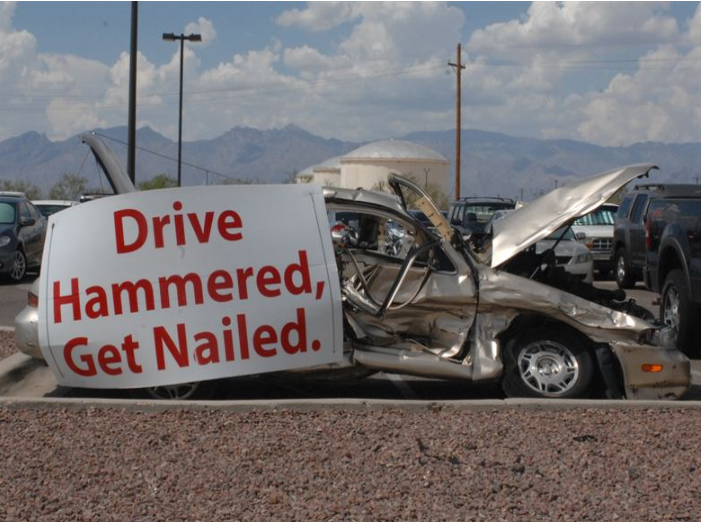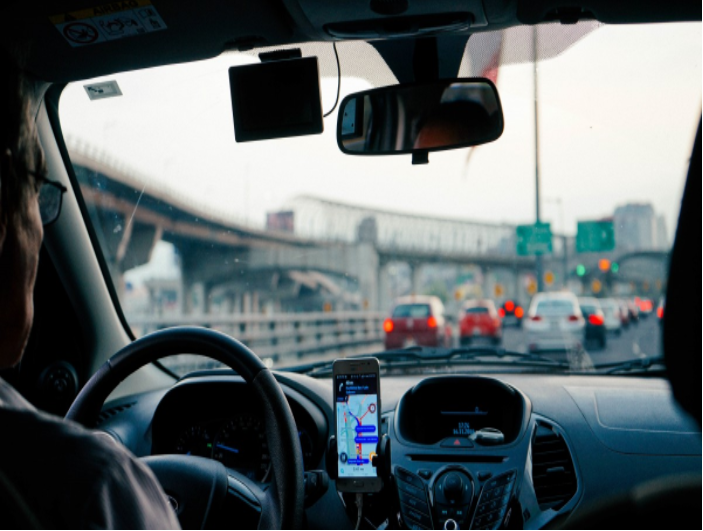By Nigel Hilton
The stats don’t make for great reading. In the United States alone in 2016, there were a reported 37,000 deaths. In Mississippi, the fatality rate reached a shockingly high 23.3 out of 100,000 people. On average, 11.6 drivers died across the country per the same amount. What these figures show is that safety isn’t assured every time we get behind the wheel.
However, one thing to keep in mind is that the numbers are steadily decreasing on a yearly basis. For the 37,000 motorists that died two years ago, the figure was over 42,000 in 2005. Evidence proves that cars are safer than ever even if the perception is a little different. And, it isn’t always down to driver aides like back and side alarms, although they do help.
So, why are cars safer to drive than ever before in 2018? The answers are:-
Surprising Steel: There’s no doubt that heavy metals aren’t conducive to safety and security on the roads. At least, they weren’t a couple of decades ago. Now, thanks to advancements in tensile strength, old-fashioned steel is as important as ABS or traction control. With 1,500 megapascals of force in modern steel, it’s possible to balance 200,000 pounds on a small strip without doing any damage. Just imagine the durability with tons of the stuff wrapped in a neat cocoon. Of course, heavy-duty metals aren’t the only advancements in the industry in the last ten years. Thanks to Clinton Aluminum, aluminum is a major player in the game as it’s tough and flexible at the same time. By using it strategically, manufacturers can reduce the weight without impacting strength. The same goes for magnesium and carbon fiber too. Today, a steel wall acts as a base which protects drivers from the brunt of the impact.
Crash Test Dummy: Petrolheads love the retro models because they are powerful and beautiful at the same time. Vintage Fords and Cadillacs undoubtedly have a soul which is nearly impossible to replicate in the modern age. What they don’t have, however, is a safety-conscious team working to prevent injuries. Back in the ‘60s, seat belts weren’t a legal requirement, never mind crash test dummies. 2018 is a brave new world, mainly because cars are built to crash. Yes, when you think about it, the statement is blatantly true. Before any model goes onto the market, an underground lair of doctors with clip pads drive it into a wall and analyze the results. From the analysis, they can determine the pros and cons and make modifications accordingly. With a burning passion for safety, it’s little wonder vehicles are more secure now than any time in their history.
Legality Issue: let’s not forget about the people who have made this possible: legislators. Politicians don’t get a good rap now that Donald Trump is in office, yet they work tirelessly for their constituents. Well, some do, and they have been doing great work for tens of years. Do you think the companies would have invested as much without public pressure? The answer is no. The Institute for Highway Safety says that 62 cars have met tougher criteria for awards this year alone. Every year, the tests are getting harder and harder to pass and companies have to keep up with the trends. Also, there is the element of competition. American motor businesses are beginning to understand the need to reel in their Japanese counterparts. It seems as if Honda and Toyota have been market leaders for a while, and it’s in no small part to the safety investments.
Mod Cons: It would be wrong and misleading to omit driver aides from this list. Cars are safer now because they have technology in the vehicle which does an effective job. Although they have a mention, car alarms alert drivers to hazards in front, to the side or behind them. In the past, plenty of people crashed as they couldn’t see how close they were to cause an accident. Now, a loud, sharp beep informs you within a matter of seconds. This is a microcosm of the real issue: intelligence. Autonomous cars aren’t pipedreams from Hollywood movies; they are here and they are going to stay. Concentrating on self-driving vehicles would be wrong, though, as AI is making strides in accident avoidance. If one isn’t on the market, a motor that can brake and steer automatically will be coming to a dealership near you very soon.
People Problems: Drivers never admit they are wrong even when it’s obvious. One thing which isn’t up for dispute is the issue of human error. Mistakes are unavoidable and end up as insignificant “fender benders” for the most part. However, motorists have become increasingly lazy and unfocused when behind the wheel. This is particularly true of men and women who have been driving for years. Instead of concentrating on the road, they let the autopilot take over and complacency creeps in. Some say this is going to get worse as drivers rely on gadgets, but this isn’t the case. Thanks to a small reminder in your ear, it’s easier to react before it’s too late. On the whole, motorists with a guardian angel are less likely to crash, which is why human error is slowly decreasing.
Road Conditions: It isn’t just about the cars. With more vehicles on the roads, authorities have to make sure the conditions are acceptable for driving. Otherwise, they may be liable for accidents depending on the circumstances. Okay, there are potholes and stretches of asphalt which need smoothing over, yet the overall picture is healthy. Britain, for instance, is a top ten economy with shockingly poor-quality conditions thanks to budget cuts. When you add gadgets and durable cars to the mix, it’s no wonder crashes are coming down year after year. And, that’s happening with more vehicles on the roads.
Can you think of any extras to add? Also, which do you think is the most important factor?




